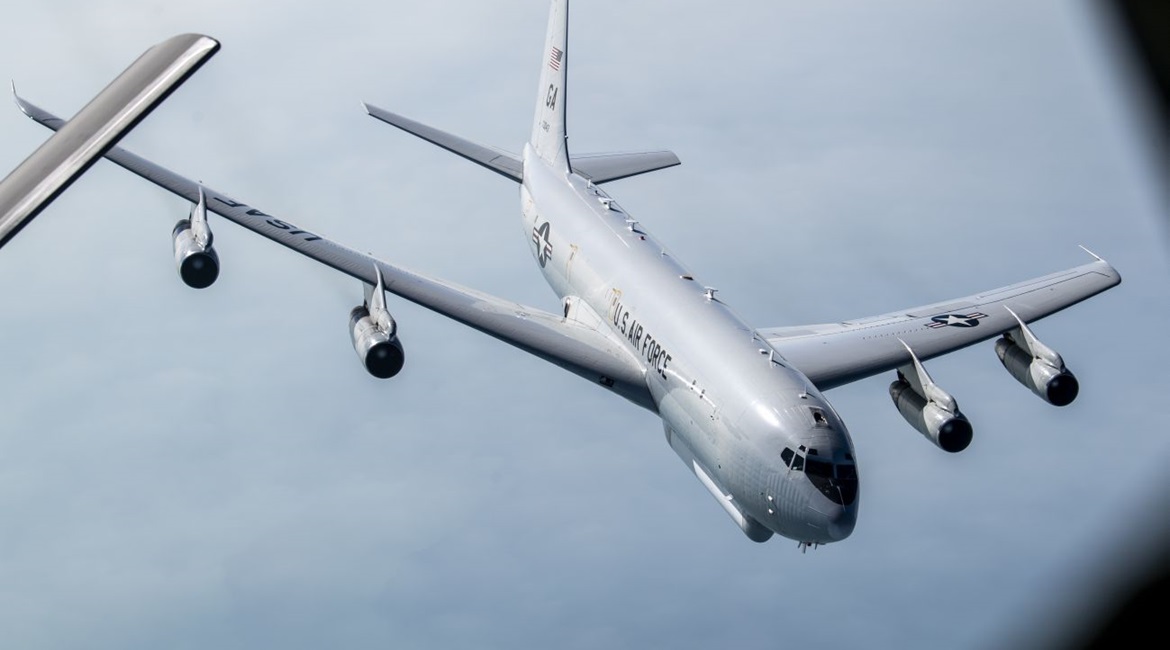
US lawmakers have made it more difficult for the US Air Force (USAF) to retire its Northrop Grumman E-8C Joint Surveillance Target Attack Radar System (JSTARS) aircraft.
The fiscal year (FY) 2021 National Defense Authorization Act (NDAA) eliminates a previous provision that required the USAF to first declare initial operational capability (IOC) for Increment 2 of the Advanced Battle Management System (ABMS) internet-of-things (IoT) combat concept before retiring JSTARS aircraft. IOC is a point in time during the production and deployment phase where a system can meet the minimum operational capabilities.

An E-8C JSTARS aircraft pictured on 5 October 2020. US lawmakers have made it more difficult for the USAF to retire JSTARS platforms. (US Air Force)
To retire JSTARS platforms, the air force must now certify to Congress that it has identified a capability with sufficient capacity to replace the current fleet of 16 JSTARS aircraft. It must be in a manner that meets global combatant command (cocom) requirements and potential global basing locations for such capability. The USAF must also certify that such replacement delivers capabilities that are comparable, or superior, to those provided by JSTARS aircraft.
A critical Government Accountability Office (GAO) report on ABMS from April 2020 demonstrated that the USAF was unsure about what it wanted to do with the system, experts told Janes at the time. The USAF would likely acknowledge that it is taking an unconventional development approach with ABMS.
A pair of experts agreed that the FY 2021 NDAA strengthens the standard for the USAF to retire JSTARS platforms. Todd Harrison, director of the aerospace security project and defence budget analysis division at the Center for Strategic and International Studies (CSIS) research institute in Washington, DC, told Janes
Looking to read the full article?
Gain unlimited access to Janes news and more...




